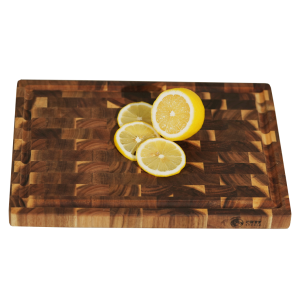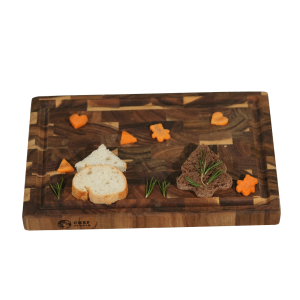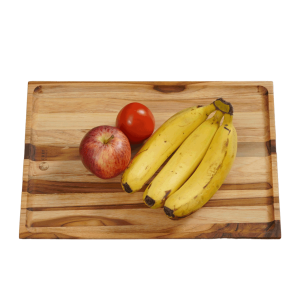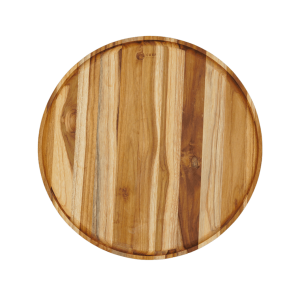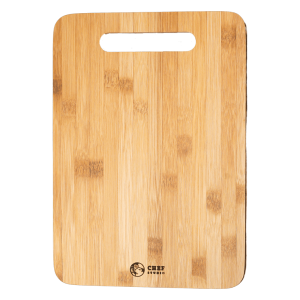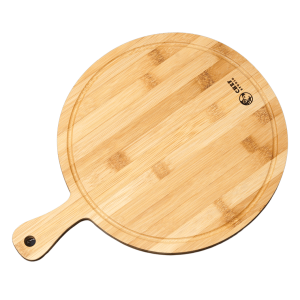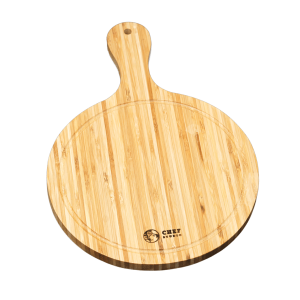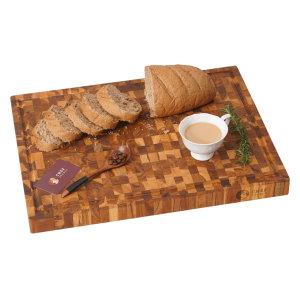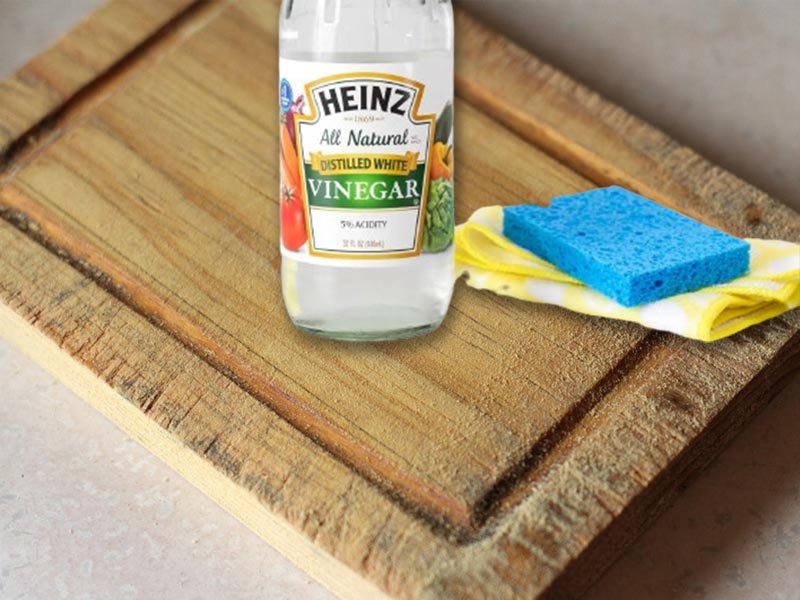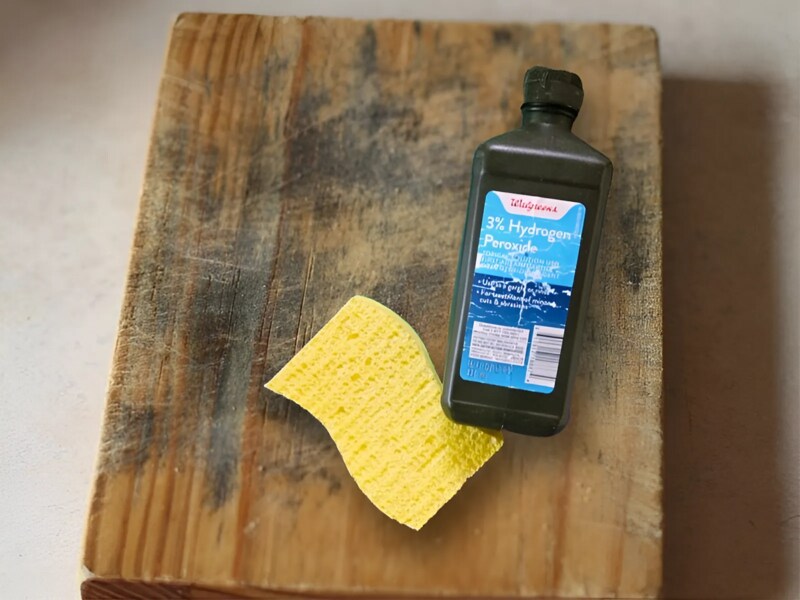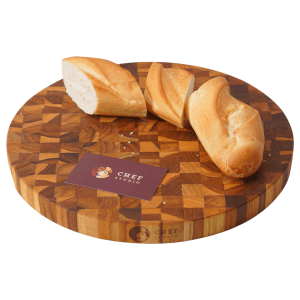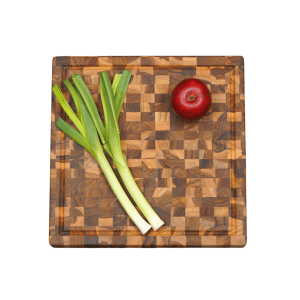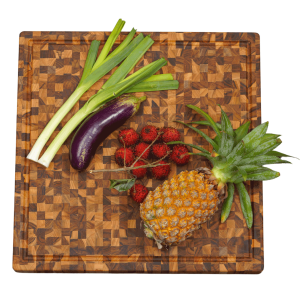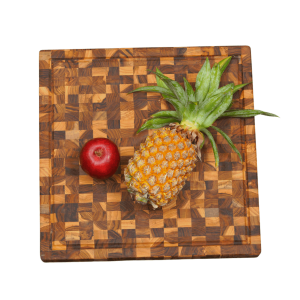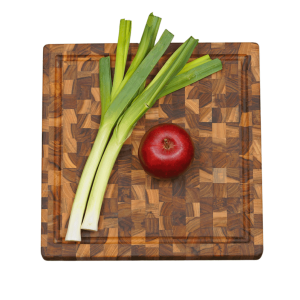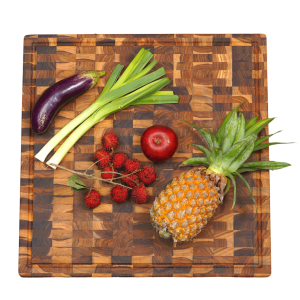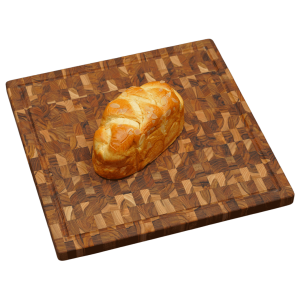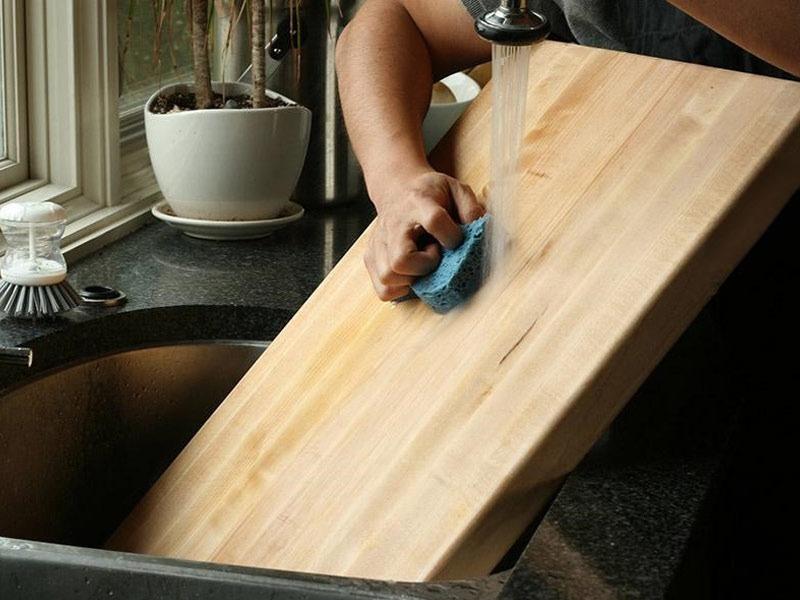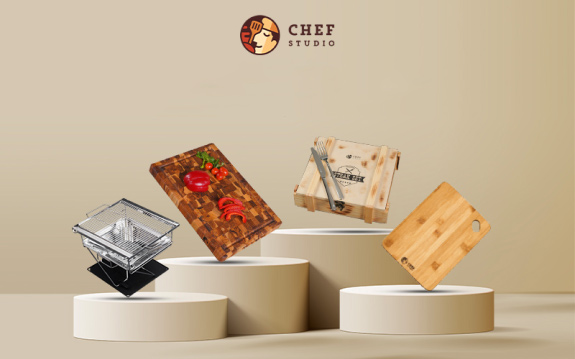4 easy ways to remove mold from wooden cutting board
Whether you’ve encountered a small patch or a more stubborn infestation, these easy techniques will help restore your cutting board to its pristine condition. Let’s dive into the step-by-step process of how to remove mold from wooden cutting board and ensure a clean, safe surface for food preparation with Chef Studio.
Why do wooden cutting boards get moldy?
Before finding out how to remove mold from wooden cutting board, let’s explore why wooden cutting board has mold:
- Moisture: Wood is porous, which means it can absorb moisture from food, water, or even humid air. When moisture seeps into the wood fibers of a cutting board and remains trapped, it creates an ideal environment for mold growth.
- Food residue: Bits of food left on a cutting board can decompose over time, providing nutrients for mold spores to thrive. If not properly cleaned after each use, these food particles can contribute to mold development.
- Poor air circulation: Storing a damp or wet cutting board in a confined space with limited airflow can encourage mold growth. Without adequate ventilation, moisture becomes trapped on the surface of the board, promoting mold colonization.
- Inadequate cleaning: Failure to thoroughly clean and dry a wooden cutting board after use can lead to mold formation. If food particles and moisture are left on the board, mold spores present in the environment can quickly take hold and multiply.
Overall, the combination of moisture, organic matter, and lack of ventilation creates an environment conducive to molding wooden cutting boards.
How to remove mold from wooden cutting board?
Removing wooden cutting board black stains is essential to ensure food safety and maintain a clean kitchen environment. Mold can develop on wooden surfaces due to moisture and food residue, posing health risks if not properly addressed. Here are several effective methods how to remove mold from wooden cutting board:
Mix vinegar with water
- Prepare a mixture consisting of an equal ratio of white vinegar to water.
- Use a cloth or sponge to apply the solution to the mold wooden cutting board.
- Let the vinegar solution sit on the moldy spots for about 10-15 minutes to penetrate and kill the mold.
- Scrub the surface of the cutting board with the vinegar solution, focusing on removing all visible black mold on wooden cutting board.
- Rinse the cutting board thoroughly with hot water and dry it completely with a clean towel.
Baking soda paste
- Create a paste by combining baking soda with a small quantity of water until it reaches a thick texture.
- Apply the baking soda paste to the black spots on wooden cutting board, covering them completely.
- Allow the paste to sit on the mold for at least 15-20 minutes to absorb moisture and eliminate mold spores.
- Use a scrub brush or sponge to gently scrub the surface of the cutting board, focusing on removing the mold.
- Rinse the cutting board with hot water and dry it thoroughly with a clean towel.
Mix hydrogen peroxide with water
- Mix hydrogen peroxide with water in a 1:1 ratio.
- Pour the hydrogen peroxide solution onto the moldy areas of the cutting board, ensuring they are fully saturated.
- Let the solution sit on the mold for 10-15 minutes to kill the mold spores.
- Scrub the mold wooden cutting board with a scrub brush or sponge to remove them and any stains.
- Rinse the cutting board with hot water and dry it completely.
Salt and lemon juice
- Sprinkle coarse salt over the black spots on cutting board.
- Create a paste by squeezing fresh lemon juice over the salt.
- Use a scrub brush or sponge to scrub the salt and lemon juice paste into the moldy spots, applying firm pressure.
- Let the paste sit on the cutting board for 10-15 minutes to penetrate and disinfect.
- Rinse the cutting board thoroughly with hot water and dry it completely.
Explore: 10+ premium Teak cutting boards for sale
How to stop wooden chopping boards going mouldy?
It’s essential to implement proper care and maintenance practices to prevent wooden chopping boards from going moldy. Chef Studio will show you some effective tips on how to stop wooden chopping boards from going moldy:
- After each use, wash the wooden chopping board with hot, soapy water, and rinse it thoroughly. Use a scrub brush or sponge to remove any food particles or residue trapped in the wood grain.
- Regularly disinfect the cutting board, especially after cutting raw meat.
- After cleaning, make sure the cutting board is thoroughly dried. Use a clean towel to dry the surface thoroughly, and then allow the board to air dry in a well-ventilated area. Avoid stacking damp cutting boards on top of each other, as this can promote mold growth.
- Regularly treat the wooden chopping board with food-safe mineral oil or beeswax to maintain its moisture balance and prevent the wood from drying out. Apply a thin layer of oil to the entire surface of the board and let it penetrate the wood for several hours or overnight before wiping off any excess.
- Minimize exposure to excess moisture by not soaking the cutting board in water or leaving it submerged for extended periods. Promptly wipe up any spills or liquids that may come into contact with the board during food preparation.
- Store the wooden chopping board in a dry, well-ventilated area when not in use. Avoid storing it in damp or humid environments, such as under the sink or near the dishwasher, as these conditions can promote mold growth.
In conclusion, the above article of Chef Studio offered you some effective ways to remove mold from wooden cutting boards and how to prevent mold on wooden cutting boards. Remember to always thoroughly dry your cutting board after cleaning to prevent mold from returning, and consider regular maintenance to keep your cutting board in top condition for safe food preparation.


